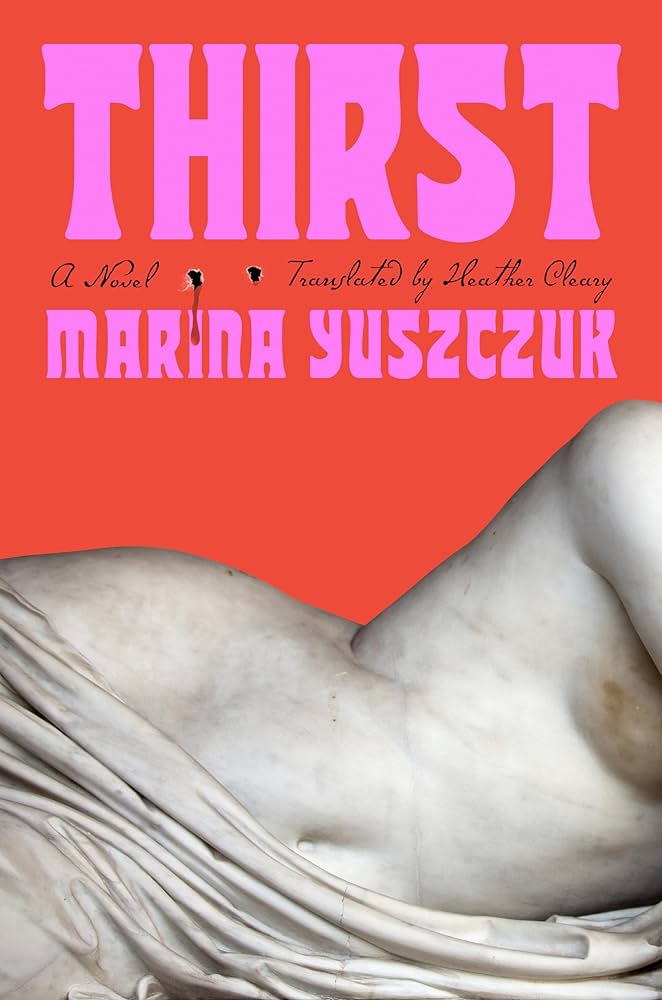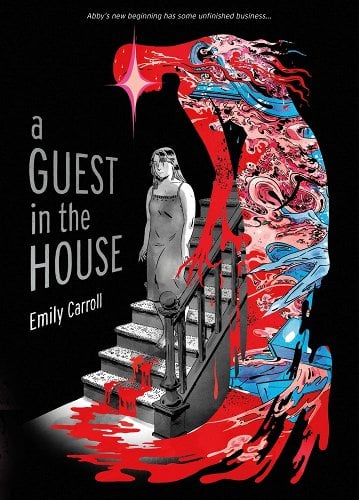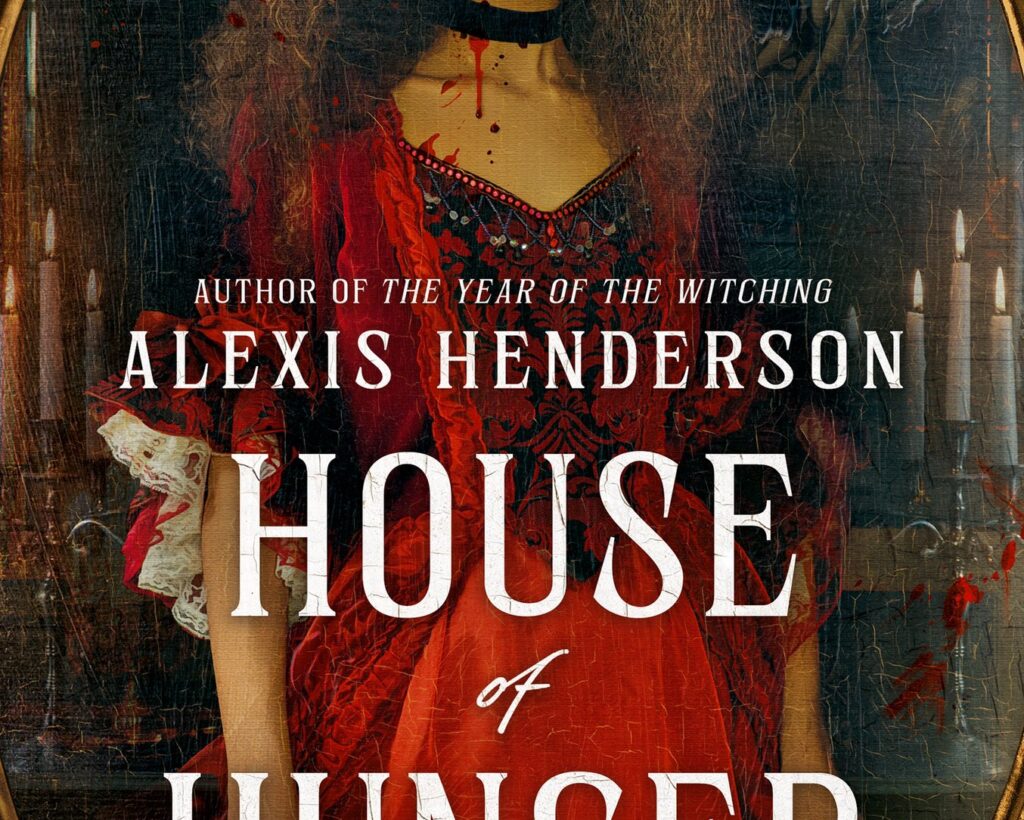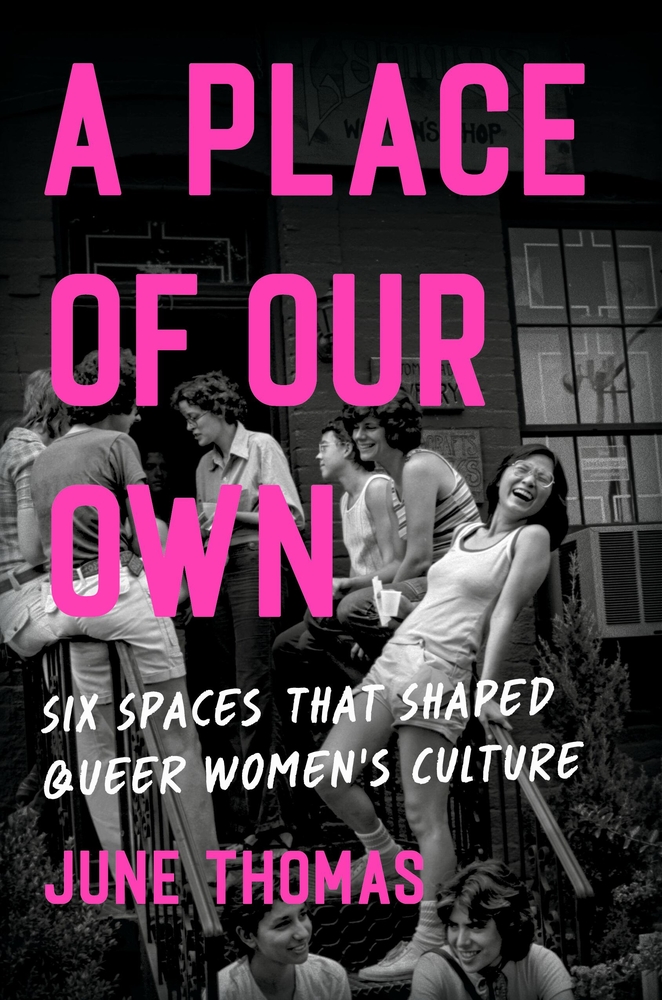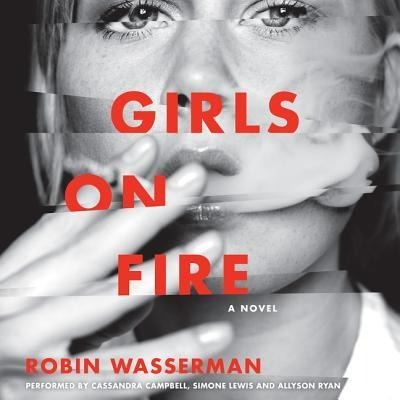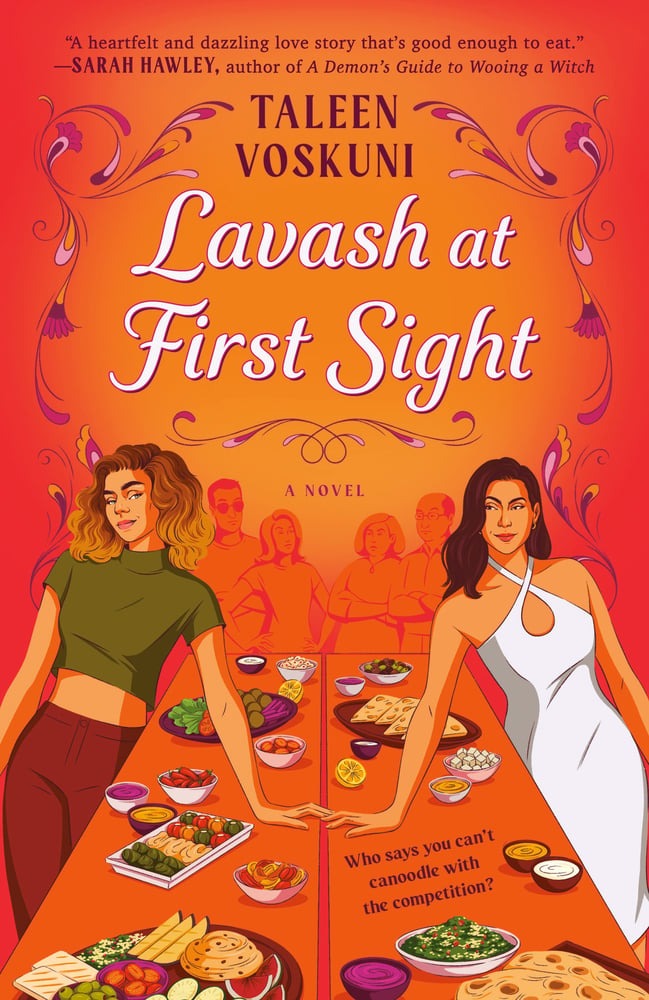Are you searching for a spine-tingling sapphic read to round out your October TBR? Look no further! Thirst is a gorgeous Gothic novel that follows two women across two different time periods as they grapple with their seemingly insatiable desires. Written by Marina Yuszczuk (she/her) and translated by Heather Cleary, Thirst is told in two parts. In Part One, aRead More
A Gory Graphic Novel to Kick Off Sapphic Spooky Season: A Guest in the House by E.M. Carroll
As October approaches, consider adding sapphic graphic novel A Guest in the House by E.M. Carroll (they/them) (previously credited as Emily Carroll) to your TBR. Winner of the 2024 Lambda Literary Award for LGBTQ+ Comics, A Guest in the House follows Abby, an unassuming small-town woman who has just gotten married to David, a recently widowed dentist, and isRead More
A Sapphic Gothic Dripping in Blood: House of Hunger by Alexis Henderson
House of Hunger by Alexis Henderson is a gothic novel that follows Marion Shaw, a girl from the South slums of Prane who moves above her station when she becomes the newest bloodmaid for a countess in the North. Marion has lived alone with her sick brother Raul for years, and every day is more ofRead More
A Rapidfire History of Queer Women’s Spaces: A Place of Our Own by June Thomas
Buy this from Bookshop.org to support local bookstores and the Lesbrary! This year, I’m doing the 2024 Read Harder Challenge—well, I should hope I am, because I’m the one running the challenge and writing the newsletter this time! (You can subscribe if you want recommendations plus weekly updates on my reading, though some of itRead More
An Obsessive Female Friendship Turns Dark: Girls on Fire by Robin Wasserman
Buy this from Bookshop.org to support local bookstores and the Lesbrary! Two teen girls, Hannah Dexter and Lacey Champlain, become obsessively attached to each other in their rebellion and vengeful agenda against Nikki Drummond. Then dark secrets about what happened to Craig, the boy found dead at the beginning of the novel, begin to unravel,Read More
Falling in Love at the Food Packing Convention: Lavash at First Sight by Taleen Voskuni
Buy this from Bookshop.org to support local bookstores and the Lesbrary! I enjoyed Sorry, Bro, Taleen Voskuni’s first novel: the main character breaks up with a non-Armenian tech bro, falls in love with an Armenian woman, and struggles with her identity as a bisexual woman. What’s not to like? I also appreciated the opportunity to learnRead More
A Sapphic Sherlock Series in Space: The Imposition of Unnecessary Obstacles by Malka Older
Buy this from Bookshop.org to support local bookstores and the Lesbrary! The Imposition of Unnecessary Obstacles is Malka Older’s second novella in the Mossa and Pleiti series, set in the far future, when the last of humanity is in a thriving colony on Jupiter amidst an expanding series of platforms and rails. Like the theRead More
A Bisexual, Palestinian American Coming of Age: You Exist Too Much by Zaina Arafat
Buy this from Bookshop.org to support local bookstores and the Lesbrary! Earlier this month, during a trip to Portland, Oregon to cheer on the UConn Women’s Basketball team in the Sweet 16/Elite 8 (Go Huskies!), my partner and I visited the renowned Powell’s City of Books. We were perusing its gorgeous shelves when You Exist Too Much byRead More
I Keep My Exoskeletons to Myself by Marisa Crane
Buy this from Bookshop.org to support local bookstores and the Lesbrary! I Keep My Exoskeletons to Myself follows Kris, a recent widow, as she navigates the world of Shadester and NoShad while raising the child that her wife, Beau, died giving birth to. She has to deal with her own two shadows and with the baby’s two shadowsRead More
A Vampire Pandemic: Night’s Edge by Liz Kerin
Buy this from Bookshop.org to support local bookstores and the Lesbrary! Night’s Edge by Liz Kerin isn’t your ordinary vampire book. In this world, vampires are known as Saras: people who are infected with Saratov Syndrome, a brutal pandemic that changes how society functions. You can’t get into a place without first pricking your finger onRead More
- 1
- 2
- 3
- …
- 10
- Next Page »
